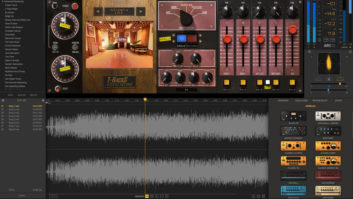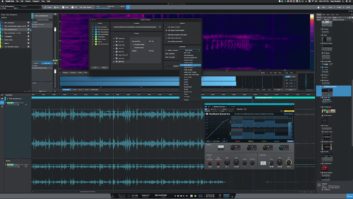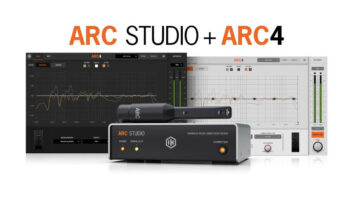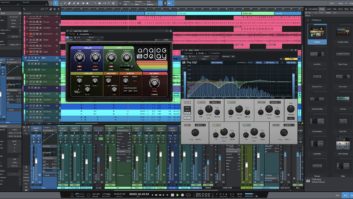IK Multimedia’s T-Racks 5 line of plug-ins is quite extensive, comprising emulations of classic signal processors and the company’s original designs. Although IK has expanded the collection regularly, it has been quite a while since the company released a new T-Racks reverb. But that changed at NAMM 2020 with the release of Sunset Sound Studio Reverb ($149). It was worth the wait.
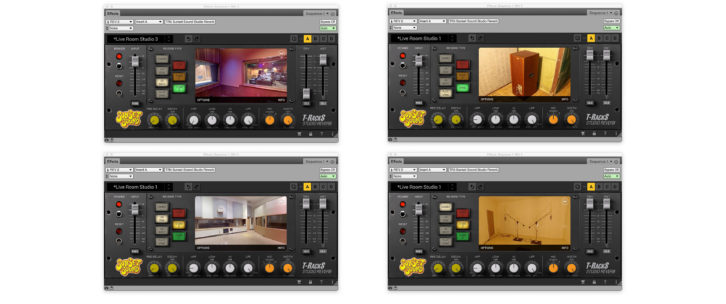
The plug-in lets you dial in modeled ambience and acoustic characteristics from a variety of rooms and processors at the iconic Sunset Sound Studios in Los Angeles. The list of major acts who have recorded at the studio includes the Rolling Stones, Led Zeppelin, Van Halen (one of the studios is often referred to as “the Van Halen room”), Prince, Aretha Franklin, Rage Against The Machine, Audioslave, the Red Hot Chili Peppers and many others.
The plug-in lets you choose between the sampled ambience of the live rooms, iso booths and echo chambers for each of the three studios at Sunset Sound. You also get two plate reverbs and a spring reverb.
IK collaborated with studio owner Paul Camarata and esteemed producer/engineer Ross Hogarth, as well as some engineers from the studio itself, to create the plug-in. They used the studio’s own mics to sample the rooms and gear. They even modeled the consoles in the different rooms and used them as part of the corresponding signal chains.
The interface is straightforward and has all the necessary parameter controls you need without getting too tweaky. You get controls for Pre-Delay, Decay (time), HPF (highpass filter), LPF (lowpass filter), Hi (high-shelving EQ) Low (low-shelving EQ), and Width (stereo).
The Mic switch lets you choose between Stereo miking (the default) or using the Left or Right mics separately. You also get a Mono button for the input, separate Wet and Dry output sliders with Solo buttons, and even a Reset button.
Selecting a reverb is as simple as pressing one of the reverb categories: Chamber, Live Room, Iso Booth or Plate/Spring, and then choosing Studio 1, Studio 2 or Studio 3—or in the case of the Plate/Spring category, Plate 1, Plate 2 or Spring.
On the center-right of the GUI is a screen that shows images of the room or processor you chose. On it is a button called Option that opens up a few more parameters. These vary depending on which space you’ve chosen. All include a phase option; the Plates and Spring reverb have decay choices, and the Live Rooms have either dampening or mic position options.
Read more Product of the Week: Waves Ovox.
Another button on the image is labeled Info. Pressing it gives you the history of the room or processor you selected.
I’ve been using Sunset Sound Studio Reverb over the past week or so, trying it out on several mixes, and I’m impressed. The Iso Booth ambiences are unusual and quite useful. They sound great on vocals, imbuing them with real feeling of space without sounding like you’re adding reverb.
The Spring setting sounds realistic and rich. The Plates are warm, and the Live Rooms and Chambers all seem quite “realistic,” in a good way.
Sunset Sound Studio Reverb is a great new addition to the T-Racks 5 line and is priced well for what you get.

